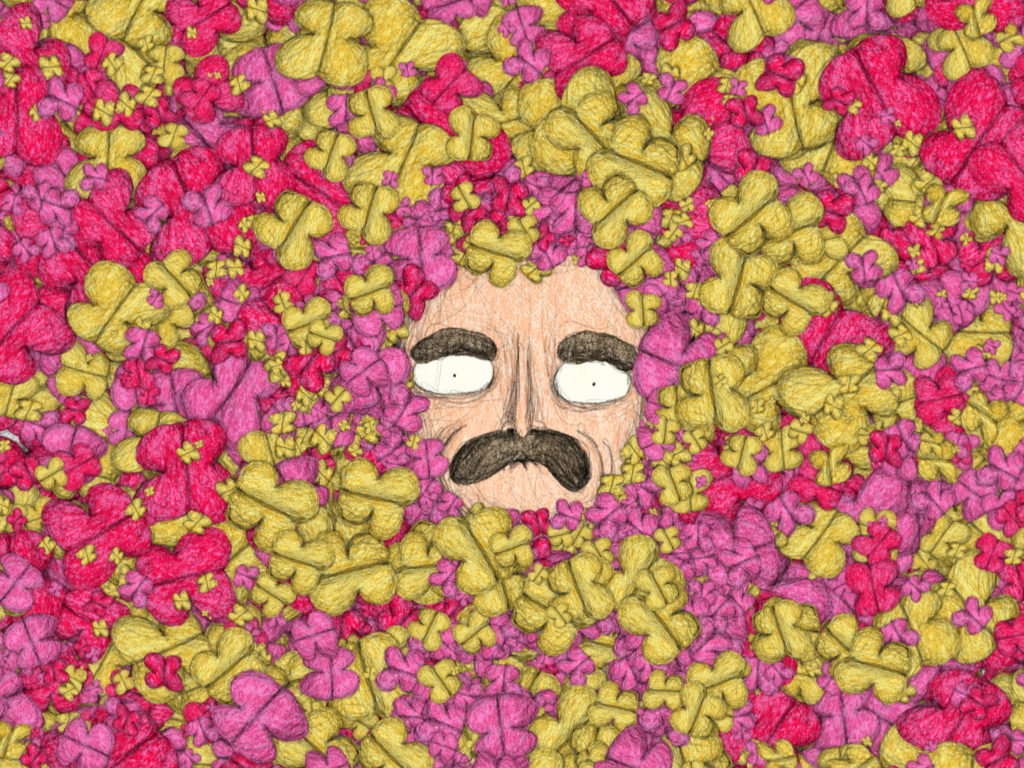David Silverman, the animator behind numerous episodes of “The Simpsons” comes at Anibar

David Silverman, the animator behind numerous episodes of The Simpsons comes to Anibar with a virtual presentation about his work
Anibar continues to bring groundbreaking presentations to its online audience on the Facebook Live platform. This time, one of the most successful writers and animators in the US, David Silverman, who is also seen as the architect (no pun intended) of the Simpsons, was kind enough to share his creative process with us.
David Silverman is considered to be an ambassador of The Simpsons, and when asked about how the show reached 33 seasons, he shared that the writers, voice actors, animators, the music production, and directors created a giant army of talented people who came together and made a show which was different from what was usually heard of in the 90’s.
When it comes to the creative process of the show, David Silverman said that it is a handful of steps that lead to the final production of the episodes. First, the script is written, sometimes even based on personal experiences, then it goes to the table read, where the voice actors and the team hear what the script sounds like. Afterwards, the script is rewritten and rearranged, which is when the animators board it out on story reels. Even then, the story may get rewritten in small chunks into the final steps.
Part of David Silverman’s presentation was the development of The Simpsons’ characters. He said that it took almost two seasons for the show to fully develop the characters, a process which he describes as an ongoing evolution, which kept getting refined and revised. He also shared with the online audience some pictures of how the characters looked before and after, where the changes he talked about could be precisely seen.
Finally, Silverman urges young animators to not get discouraged or disheartened if the animation they have created goes to waste in the rewriting or refining process. He continues by reminding young artists that animation is never a waste of time, based on the idea that it can be a good practice and experience for them. Another advice he added for animators was to keep meeting people, create contacts with people from different backgrounds, which could lead to the creation of new ideas and projects, thus helping artists to break through into the giant world of animation.





